Description
🪸 Description
Leptoseris is a genus of small-polyp stony (SPS) corals known for their encrusting or plating growth forms. They’re often found in deeper reef zones, including mesophotic (low-light) environments. These corals are appreciated in the reef-keeping community for their intricate patterns and subtle to vibrant coloration, often displaying hues of orange, green, purple, or gold.
Key Characteristics:
-
Growth Form: Encrusting or plating, thin skeletal structure.
-
Polyp Size: Very small (SPS coral).
-
Color: Can be fluorescent under actinic/blue lighting (greens, oranges, pinks, purples).
-
Habitat (Wild): Deep water reefs; shaded or low-light areas.
🧪 Tank Requirements
| Parameter | Ideal Range |
|---|---|
| Lighting | Low to moderate (PAR 50–150) |
| Flow | Low to moderate |
| Temperature | 75–80°F (24–27°C) |
| Salinity | 1.024–1.026 SG |
| Alkalinity | 8–10 dKH |
| Calcium | 400–450 ppm |
| Magnesium | 1250–1350 ppm |
| Nutrients | Low but stable nitrates (2–10 ppm) and phosphates (0.03–0.1 ppm) |
💡 Lighting Tips
Leptoseris thrives in lower light than many other SPS corals. Too much light can cause bleaching or color loss. Ideal placement is:
-
Lower half of the tank
-
Shaded areas or overhangs
-
Avoid direct, intense LED or metal halide exposure
🌊 Flow Requirements
-
Gentle to moderate flow helps keep detritus off the coral while allowing polyps to extend.
-
Avoid blasting them directly with powerheads.
🍽️ Feeding
While primarily photosynthetic, Leptoseris can benefit from occasional feeding:
-
Use fine particle coral foods (e.g., Reef-Roids, Coral Frenzy).
-
Target feed at night when polyps are extended (optional but beneficial).
🔧 Care Tips
-
Acclimate slowly to new lighting when introduced to your tank.
-
Keep stable water chemistry — like other SPS, they’re sensitive to swings.
-
Frag carefully — their skeleton is thin and brittle.
-
Monitor for shading: they can plate over other corals or rocks.
⚠️ Common Issues
-
Bleaching: Often due to excess light.
-
Tissue recession: Can result from unstable water or poor flow.
-
Pests: Not common, but check for flatworms or nudibranchs.
Only logged in customers who have purchased this product may leave a review.

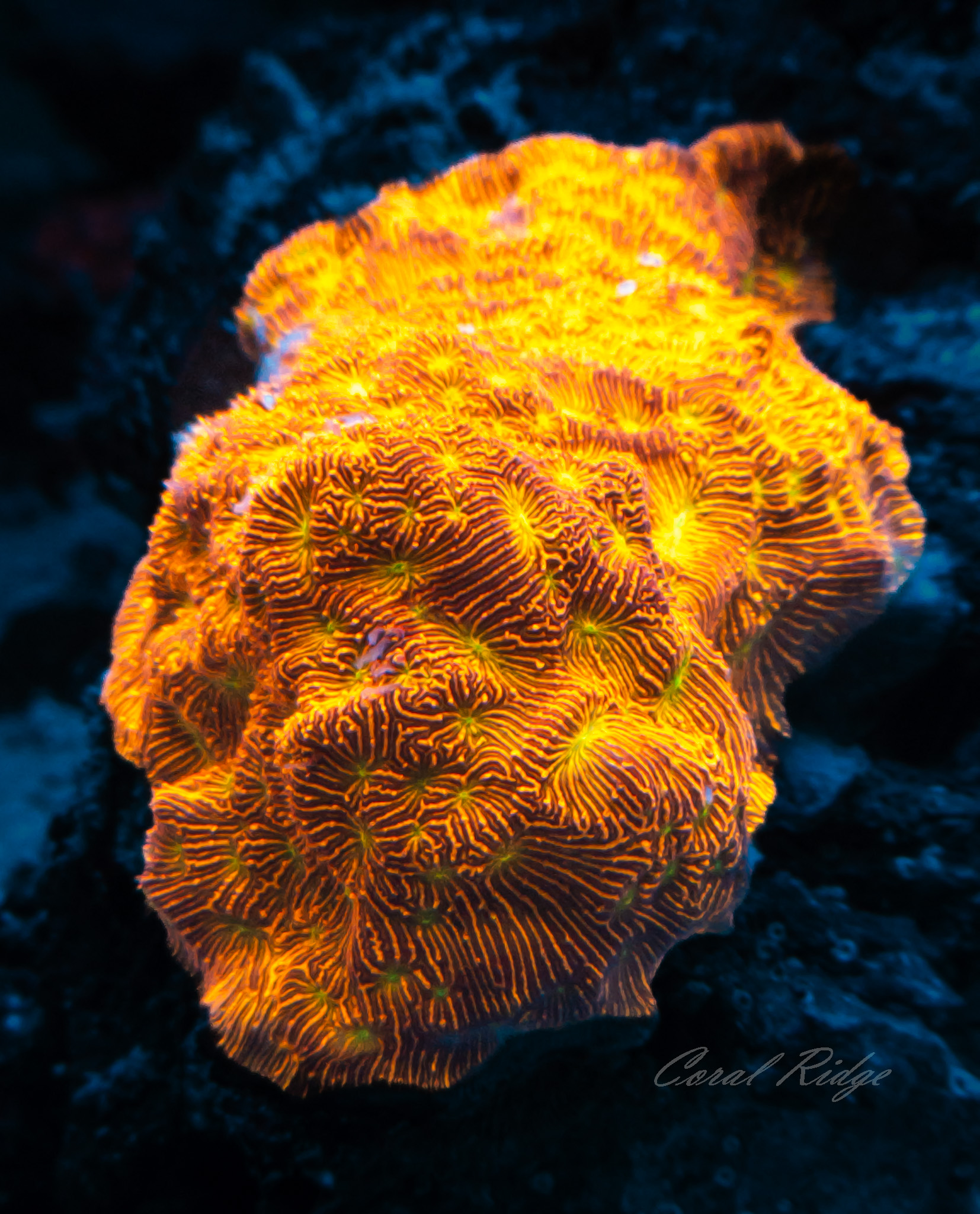
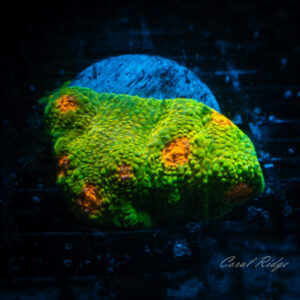
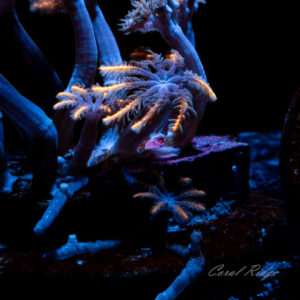
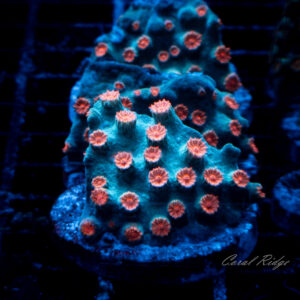
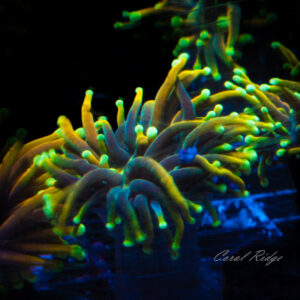
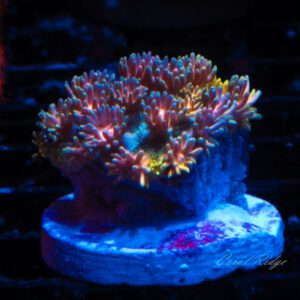
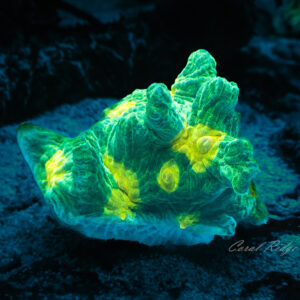
Reviews
There are no reviews yet.